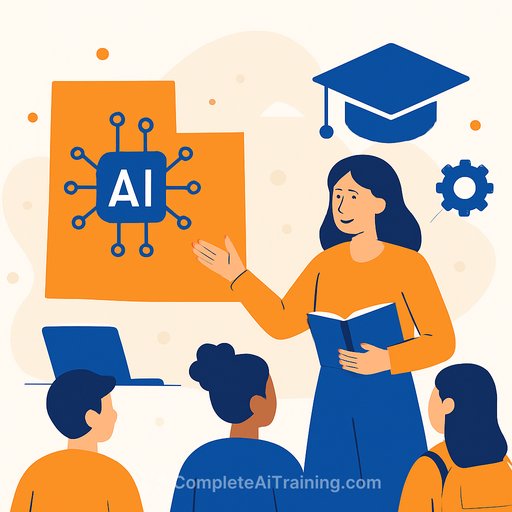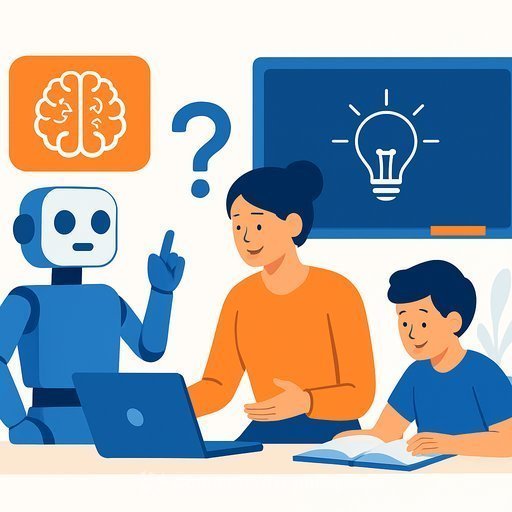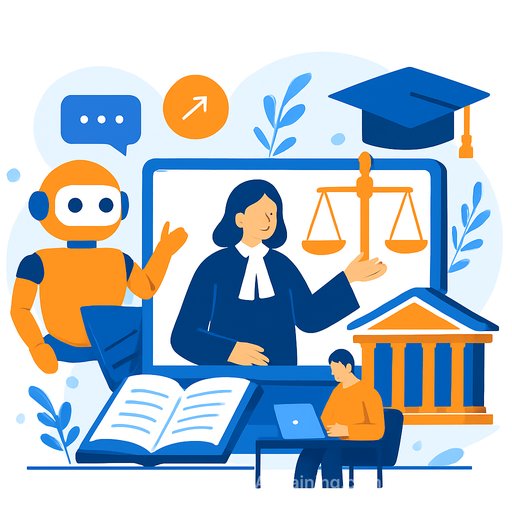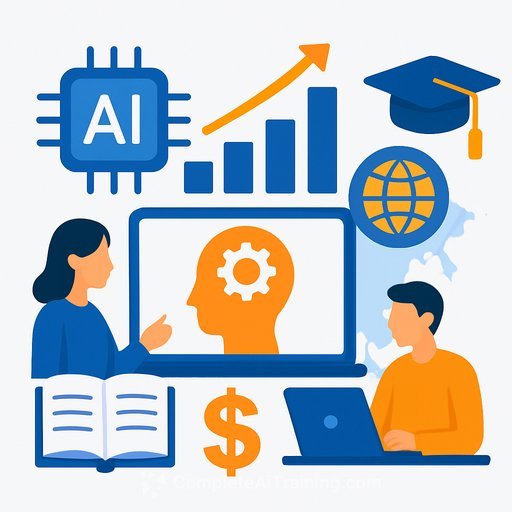Utah Leads on Artificial Intelligence in K-12 Education
Utah has set itself apart as a national example in managing artificial intelligence (AI) within K-12 education. Unlike many states where school districts independently decide how to handle AI, Utah has adopted a coordinated, statewide approach that aims to guide educators and policymakers effectively.
Statewide Coordination and Leadership
The Utah State Board of Education was the first to appoint a full-time AI specialist focused solely on K-12 education. Matthew Winters, who fills this role, works closely with school districts and policymakers to develop frameworks that define appropriate AI use. This statewide position helps Utah collect meaningful data on AI implementation and identify what works best across schools.
According to experts, Utah’s coordinated strategy contrasts sharply with the patchwork of local decisions seen elsewhere. This unified approach allows for clearer guidance and support for educators navigating AI integration.
Infrastructure and Resources Supporting AI Integration
Utah’s existing education infrastructure plays a key role in its AI efforts. The Utah Education Network (UEN) provides high-speed, filtered internet access to schools statewide. This network also vets and approves both free and paid AI educational tools, ensuring they meet privacy and security standards. Schools benefit from discounted pricing on approved tools, reducing their administrative burden.
Additionally, the state funds technology innovation in classrooms and supports a collaborative network of school technology directors who regularly share insights and strategies.
Teacher Training and Practical Use
Teacher training is a critical component of Utah’s AI strategy. The state offers training that covers AI’s role in education, safe usage, and how to integrate AI into lesson plans. By summer’s end, the goal is to have 20% of educators complete this training. The focus is on broad AI concepts rather than specific programs, allowing teachers to adapt what they learn to various tools.
Teachers are compensated for participating, and many already use AI to streamline tasks like writing emails. However, educators often find it challenging to creatively apply AI in ways that enhance subject-specific teaching or meet diverse student needs.
Embedding AI Within Existing Standards
Rather than creating separate AI standards, Utah is working to embed AI use within current content standards. For example, AI might be integrated into a ninth-grade English class curriculum to illustrate appropriate use. This method helps normalize AI as a learning tool across subjects and grade levels.
Examples from Utah classrooms include using AI to support students with disabilities or English language learners, tailoring instruction to individual needs. Teachers also use AI tools to analyze student data more effectively, informing instruction.
Balancing AI Autonomy and Human Oversight
As AI technology advances, concerns about agentive AI—systems that make autonomous decisions—are growing. Utah’s education leaders emphasize that humans must remain central in all AI decision-making processes in schools, not just passively involved.
The Broader Context for Schools
While Utah provides strong guidance, individual schools and districts retain the final say in how to implement AI policies. Experts stress that ignoring AI is no longer an option. Students are already using AI tools, so schools must focus on AI literacy and rethink assessment methods to reflect these changes.
Educators interested in expanding their AI skills and understanding practical classroom applications may find useful resources and courses at Complete AI Training.
Your membership also unlocks:






